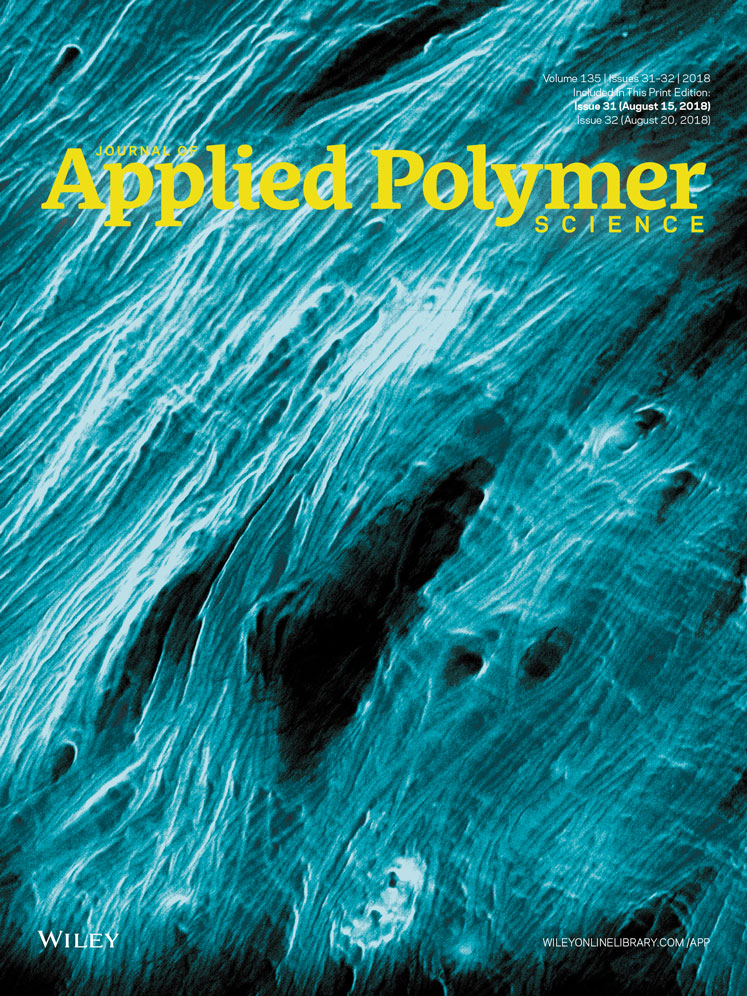The synthesis of modified alginate flocculants and their properties for removing heavy metal ions of wastewater
ABSTRACT
A new flocculant was synthesized through the modification of sodium alginate with thiosemicarbazide. In the preparation, amino thiourea groups which had excellent adsorption properties for heavy metal ions were introduced to the flocculant. The structure of the flocculant was confirmed by elemental analysis, Fourier transform infrared, UV spectrophotometry, nuclear magnetic resonance, and thermal analysis. The flocculation behaviors of the flocculant for three heavy metal ions were investigated. The results showed that the removal rates of the flocculant for Pb2+, Cd2+, and Cu2+ reached up to 97.8%, 86.3%, and 80.0%, respectively, and the flocculation capacities were as high as 489, 215, and 160 mg/g, respectively. The excellent adsorption was ascribed to the double effects of electronic interaction and chelation between the flocculant and heavy metal ions. The flocculant had particular flocculation selectivity for Pb2+ in the mixed heavy metal ion solutions containing Cd2+or Cu2+, respectively. The flocculation process corresponded to Langmuir isotherm model, the flocculation kinetics agree with pseudo second order. The flocculant had potential applications for treatment of wastewater. © 2018 Wiley Periodicals, Inc. J. Appl. Polym. Sci. 2018, 135, 46577.




